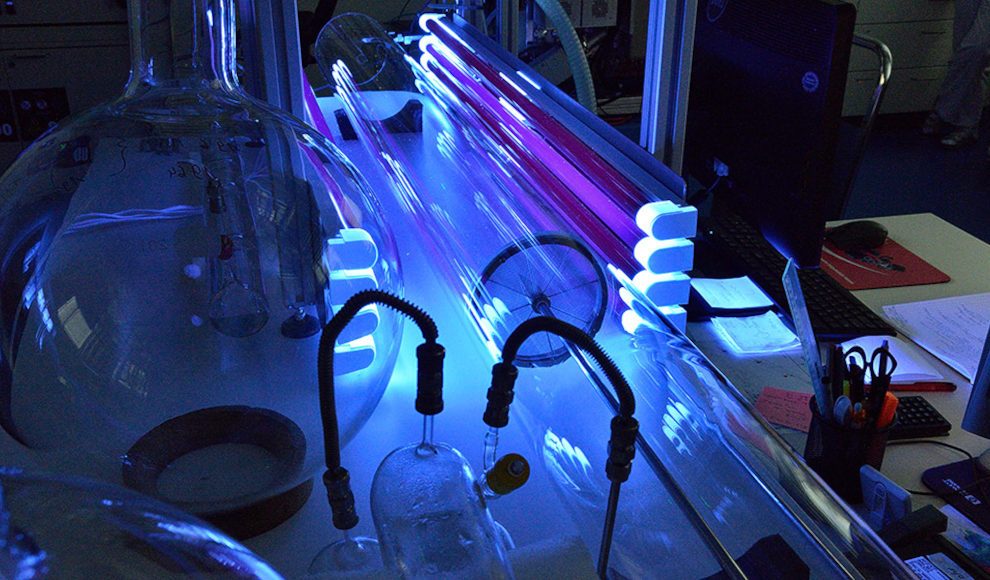Scientists have made a groundbreaking discovery that hydrotrioxides can be formed in the Earth’s atmosphere. These highly reactive compounds have unknown effects on the environment and health. Researchers have long suspected that hydrotrioxides (ROOOH) are formed during chemical reactions in the lower layers of the Earth’s atmosphere, which convert hundreds of millions of tons of anthropogenic and natural hydrocarbons. Hydrotrioxides are reactive compounds made up of oxygen atoms (O), a hydrogen atom (H), and a carbon-containing residue (R). They are typically produced as oxidizing agents in organic solvents at extremely low temperatures in chemistry. However, it has not been proven that they exist as gas in the much warmer Earth’s atmosphere.
Researchers from the Leibniz Institute for Tropospheric Research (TROPOS) have now demonstrated for the first time that hydrotrioxides can also be formed under atmospheric conditions. According to their publication in the journal Science, the researchers analyzed ambient air in a free-jet flow tube using a mass spectrometer. They found that the reaction of peroxy radicals (RO2) with hydroxyl radicals (OH) can lead to the formation of hydrotrioxides. The study suggests that millions of tons of hydrotrioxides could be formed in the atmosphere each year, but their lifespan is only 20 minutes to a maximum of two hours.
Further studies are needed to investigate the effects of hydrotrioxides on the environment and health. Hydrotrioxides could dissolve in aerosols and form new compounds whose effects are not yet known. Aerosols also affect the climate and are one of the most problematic factors in climate models because their behavior is difficult to describe. The authors suggest that hydrotrioxides could affect the formation of aerosols, which reflect and absorb sunlight, affecting the Earth’s heat balance.
The discovery of hydrotrioxides is not a cause for concern at this time, but it provides an opportunity to investigate their effects and react if they prove to be dangerous. “These compounds have always existed, we just didn’t know about them. But the fact that we now have evidence that they are formed and survive for a certain period of time means that it is possible to investigate their effects more targetedly and react if they prove to be dangerous,” said Henrik Kjærgaard, the study’s lead author.










